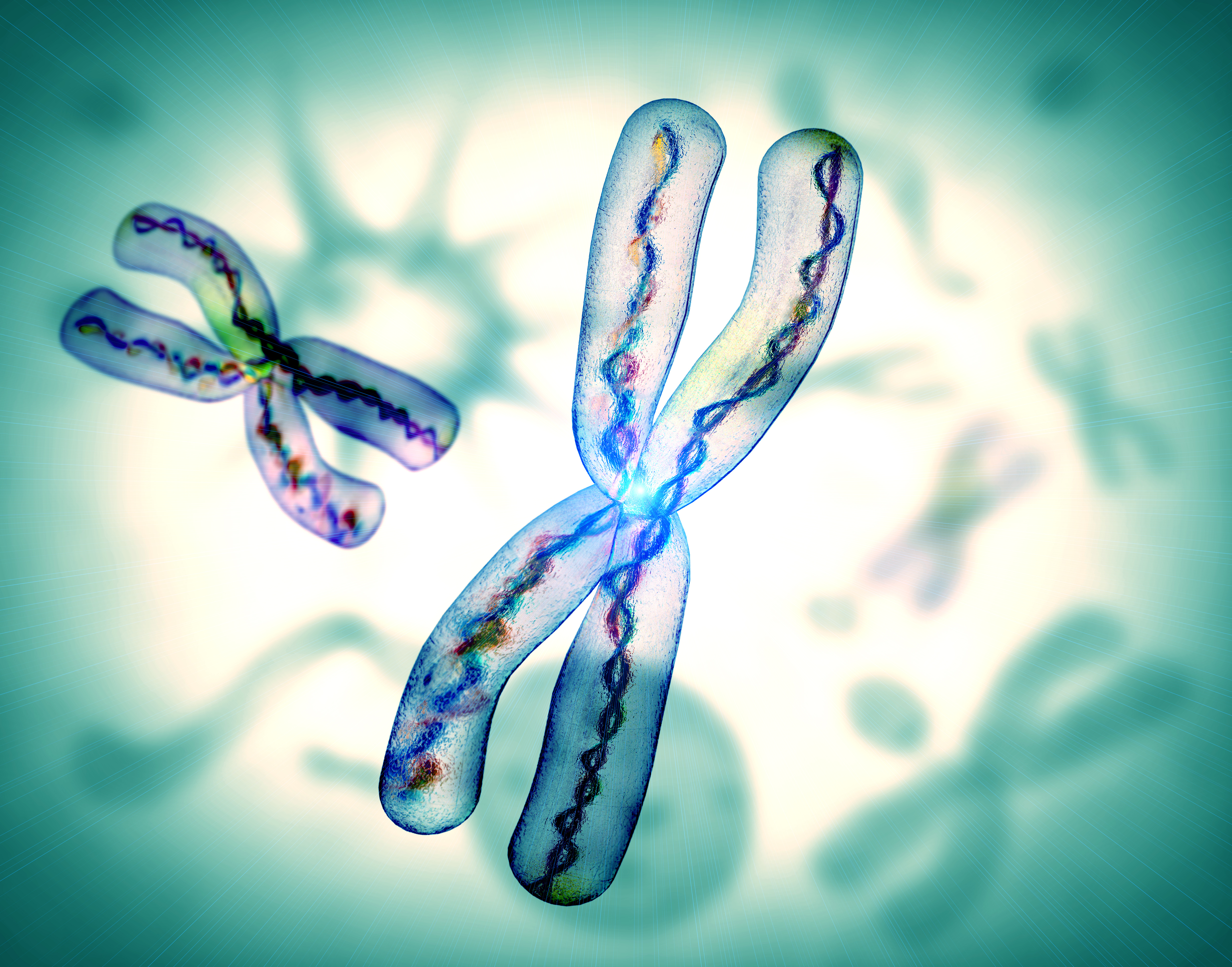
Researchers may have uncovered a biological mechanism behind the higher risk of autoimmune diseases among women, according to an article summarizing recent clinical findings published in Women’s Health. About 80% of individuals diagnosed with an autoimmune disease identify as women. In a new study published by Dou et al in Cell, researchers examined the X chromosome and found that the Xist molecule—comprised of long RNA strands intertwined with DNA and proteins—is present in women in order to deactivate the duplicated set of code in the second X chromosome and prevent the overproduction of proteins. However, the molecule may be capable of triggering an autoimmune response in women. When the cells die, the immune system may confuse proteins attached to Xist molecules as antigens, leading to the development of antibodies designed to target the molecules. After genetically modifying male mice to express Xist molecules, the researchers found that their risk of autoimmune diseases increased. They hope their new findings can lead to new tests to identify autoimmune diseases such as lupus, rheumatoid arthritis, and multiple sclerosis earlier in women. The researchers emphasized that more studies may be needed to determine whether Xist molecules may be to blame for the disparities. “This is … a completely different and novel explanation for female bias in immune disease. [I]t’s not just the second X chromosome, it’s actually a very special RNA that comes from the second X chromosome, and just that RNA perhaps plays a major role,” concluded senior study author Howard Chang, MD, PhD, of Stanford University.